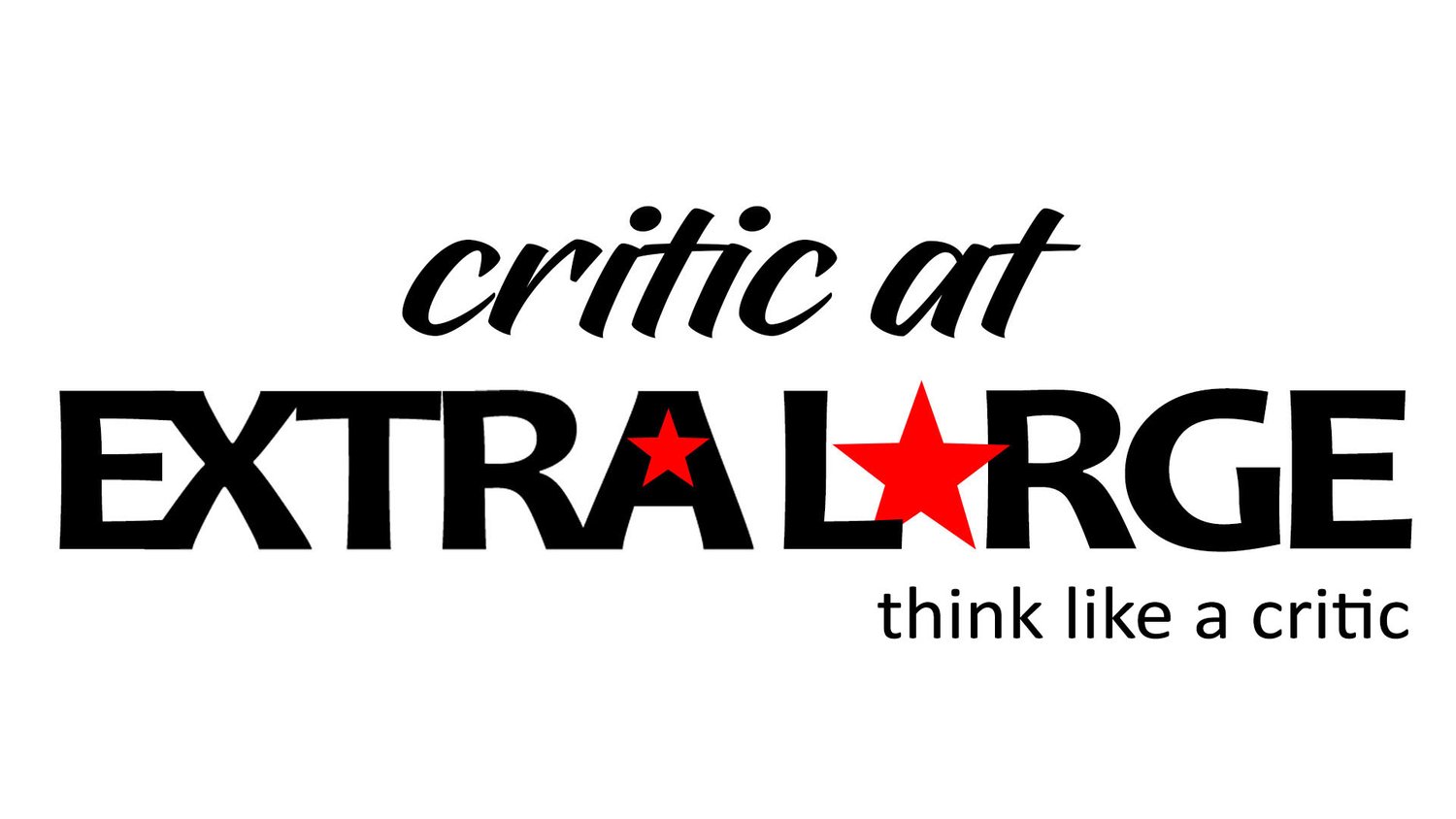New Illinois Law Shines A Light On The Image Crisis In Black America
The Biden Administration loves using the word "crisis."
When he took office in January, President Biden outlined four crises that needed to be addressed: the COVID crisis, the economic crisis, the climate crisis, and the racial injustice crisis. Labeling everything a "crisis" scares the public and politicians into immediate action without proper discourse or nuance of each issue. (Maybe the Biden White House should talk about the border crisis.)
Another crisis that needs to be addressed is the image crisis in black America. Go to nearly any predominantly black neighborhood and you will see hairstyles similar to rapper Tekashi 6ix9ine. You will see sagging jeans, tank tops, doorags, tattoos from head to toe, and other prison and slavery-related fashion.
One school on Chicago's west side is trying to do its part to help address the black image crisis. Unfortunately, they are being met with misguided black resistance.
Illinois Governor Jay Robert "J.B." Pritzker recently signed the Jett Hawkins Law, designed to ensure schools certified by the Illinois State Board of Education do not discriminate against black hairstyles such as cornrows and dreads. It will take effect in 2022.
Pritzker said in a statement, "For so many people, how you dress and how you look is an expression of who you are. That should be the beginning and the end of the conversation. But for decades, black people have had their natural and protective hairstyles weaponized against them."
The new law was created in response to parental pressure. Ida Nelson was notified by Providence St. Mel, the Chicago private school her four-year-old son attends, that his braided hairstyle violated the school's dress code. As a result, Jett Hawkins had to have his braids removed before he could reattend classes. She posted about the experience on Facebook, which led to an onslaught of social media pressure from parents.
This law is the equivalent of a dog getting a belly rub from its owner. Black people beg white liberals for belly rubs and other things that feel good at the moment but lack any real substance.
Providence St. Mel is a predominantly black pre-K through 12th-grade school. Since 1978, the school has sent ALL of its graduating seniors to four-year universities with substantial scholarship money. The school is designed to instill work ethic, responsibility, and a professional image in black kids. PSM's mission statement is one of the best I've ever seen from any school:
"At Providence St. Mel we believe. We believe in the creation of inspired lives produced by the miracle of hard work. We are not frightened by the challenges of reality, but believe that we can change our conception of this world and our place within it. So we WORK, PLAN, BUILD and DREAM – in that order. We believe that one must earn the right to dream. Our talent, discipline and integrity will be our contribution to a new world, because we believe that we can take this place, this time, and this people and make a better place, a better time and a better people. With God's help we will either find a way or make one!"
PSM's male dress code is equally impressive. Short hairstyles are strongly encouraged, although afros are permissible. Multiple parts, curved parts, unnatural hair colors, braids, dreads, sponge curls, and high-top box fades are among the hairstyles not allowed. Earrings of any kind are not permitted. Neither are doorags and wave caps.
This is a dress code that ALL black men should abide by.
If black men are going to achieve success, especially in academic and corporate spaces, they need to get a haircut. If black men are going to progress in today's society, they need to get a haircut.
Braids are a remnant of slavery. In South America, slaves would recreate maps within cornrows to devise plans of escape. Benkos Biohó was one of the first to implement this strategy. A former South American king, Biohó was captured by the Portuguese. He proposed that female slaves use their hair to pass messages and escape routes with other slaves since they could not read or write.
We are long removed from those days. Modern blacks are free and some of the most materialistically privileged blacks in all of history. There is no need to constantly remind ourselves of the dark times in our history. Collectively shaving off the cornrows will illustrate blacks are ready to move forward towards a more prosperous future.
Notice the hairstyles and net worth of these successful black men.
Robert F. Smith, net worth $7.05 billion
David Steward, net worth $3.7 billion
Tyler Perry, net worth $1 billion
Daymond John, net worth $350 million
Barack Obama, net worth $70 million
All are either bald or have low-cut, professional-looking hairstyles. Of course, some entertainers have long braids and portray a thug image. However, some of these Hollywood and rap industry buffoons have far more in common with the white liberals who control them than the everyday working-class black American.
Many of our civil rights leaders, such as Dr. King and Malcolm X, did not have long, sloppy hair. Bishop Richard Allen, who founded the first black church, did not have long, unkempt hair, and this was back in the 1700s.
Bishop Richard Allen
YouTuber and corporate fashion consultant Kevin Samuels addressed the pushback he received after suggesting black men get their haircut in order to move up the corporate ladder.
"Growing my hair makes me feel more confident or feel black. If this is what you feel, [then] you need therapy. So what about the black men who don't have [all] the hair on them? They're less black than you? We have too much of this ego, self-importance, entitlement, and pride [that] keeps you stuck at the bottom."
The workplace is not an arena for self-expression. We have plenty of time away from work to express ourselves however we see fit.
In the past couple of decades, many states implemented bans on sagging pants. Violators could face fines and, in some extreme cases, jail time. Initiatives such as the "Pull Your Pants Up Challenge" and "Raise Your Pants, Raise Your Image" were started. This was a strategy to help clean up the violence, crime, and image in black neighborhoods. Sagging pants is a glorification of gang and prison culture. In areas where sagging pants is more prevalent, crime (specifically black-on-black crime) is more pronounced.
In 1988, a Los Angeles police officer, Victor Vinson, talked with local parents about gangs and their lure on the youth. The trend he started noticing was their sagging pants.
"Kids today are dressing for death," he said.
All of the efforts to curb the sagging pants pandemic were met with resistance by blacks, the very people who stood to benefit from them.
Once again, an effort was made to help clean up the image among black kids. But, once again, black parents are pushing back at their own expense.
Instead of being so enamored with gang culture, slavery, and other relics of the past, black Americans should adopt this slogan: better image equals better results.








